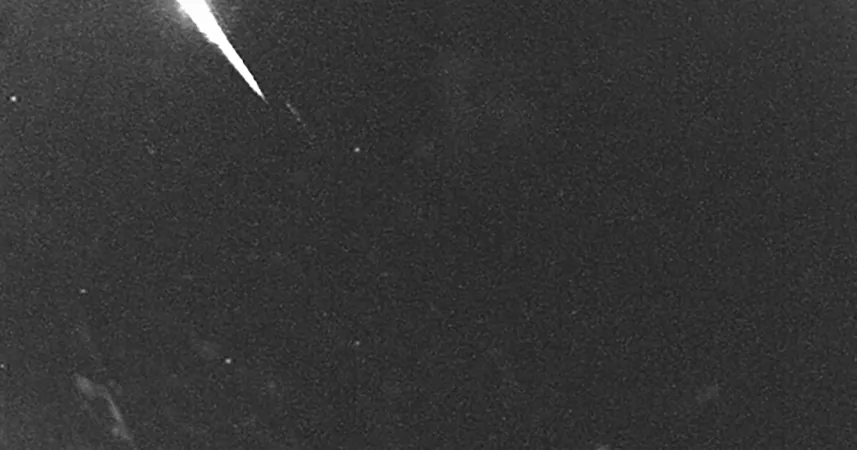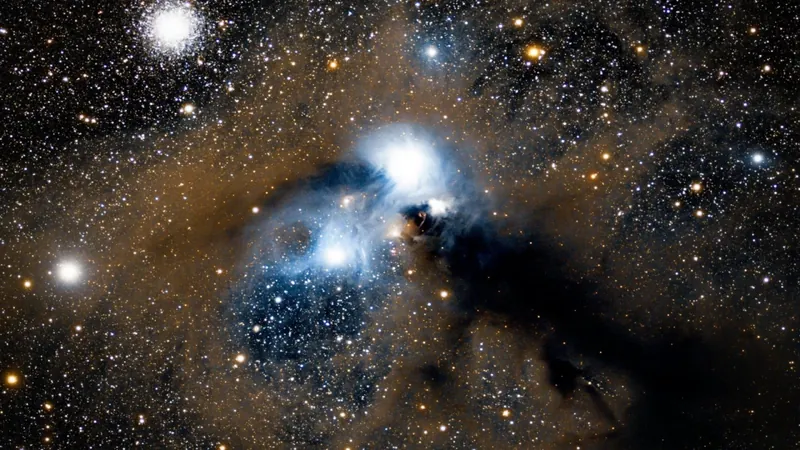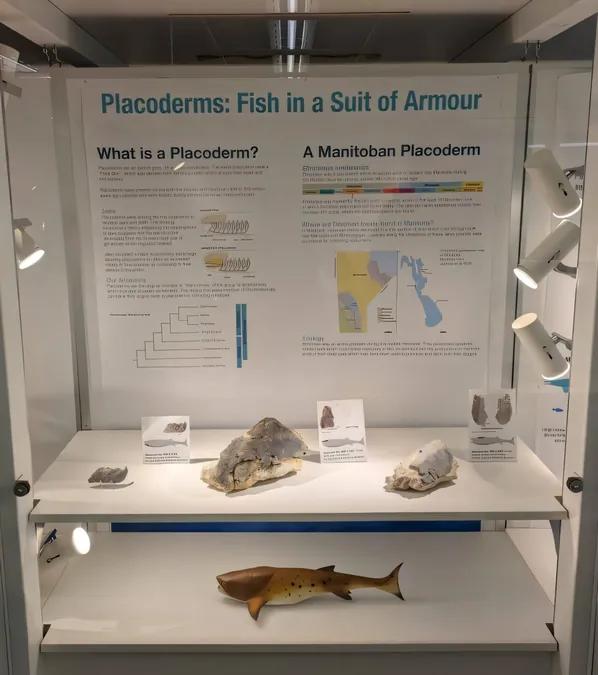
Don’t Miss the Taurid Meteor Shower: Here’s How to Catch the Spectacle!
2024-11-11
Author: Jacob
Don’t Miss the Taurid Meteor Shower: Here’s How to Catch the Spectacle!
Sky enthusiasts are gearing up for an extraordinary night this Monday as the North Taurid meteor shower reaches its peak, promising an awe-inspiring display of bright streaks across the sky. If you're a fan of cosmic events, this is one you won't want to miss!
The North and South Taurids are fascinating meteor showers that originate from the disintegration of a massive comet nearly 10,000 years ago, according to Bill Cooke, head of NASA's Meteoroid Environment Office. The South Taurids hail from debris of Comet Encke, while the North Taurids result from the remnants of asteroid 2004TG10. This makes for a unique cosmic phenomenon as these meteor showers differ in their characteristics and origins.
Typically known for their brightness, some Taurid meteors are referred to as “fireballs” due to their intense luminosity. These showers are active during the months of September, October, and November, creating a window of opportunity for stargazers to enjoy the celestial show. However, Cooke notes that visibility can fluctuate yearly, and 2024 is anticipated to be a "normal year" with rates expected to be under five meteors per hour tonight, making it a low yet thrilling viewing experience.
The North Taurids are active from October 20 to December 10, while the South Taurids stretch from late September to late November. This all-encompassing window means that skywatchers can catch glimpses of these cosmic travelers over an extended period.
So, how can you maximize your viewing experience?
The Taurid meteor showers will be observable across the United States, barring any weather interruptions. To see the meteors, simply look up! Using your naked eye is the best approach, as it allows you to capture one of the most extensive views of the night sky. "To get the best experience, you just want to use your eyes for meteor observing so you take in as much of the sky as possible," Cooke advises. Binoculars and telescopes can actually hinder your viewing experience by restricting your field of vision.
Both the North and South Taurids can be spotted in the area where the zodiac constellation Taurus is located. Keep in mind that the moon will be approximately 79% full tonight, which might wash out some of the fainter meteors. Nevertheless, your best chance to witness this celestial event will be after midnight, as the skies tend to be darker and clearer.
So gather your friends and family, find a dark spot away from city lights, and prepare for an unforgettable experience as nature puts on a dazzling light show overhead. Don’t let this opportunity pass you by—mark your calendars and get ready for a night of wonder!









 Brasil (PT)
Brasil (PT)
 Canada (EN)
Canada (EN)
 Chile (ES)
Chile (ES)
 Česko (CS)
Česko (CS)
 대한민국 (KO)
대한민국 (KO)
 España (ES)
España (ES)
 France (FR)
France (FR)
 Hong Kong (EN)
Hong Kong (EN)
 Italia (IT)
Italia (IT)
 日本 (JA)
日本 (JA)
 Magyarország (HU)
Magyarország (HU)
 Norge (NO)
Norge (NO)
 Polska (PL)
Polska (PL)
 Schweiz (DE)
Schweiz (DE)
 Singapore (EN)
Singapore (EN)
 Sverige (SV)
Sverige (SV)
 Suomi (FI)
Suomi (FI)
 Türkiye (TR)
Türkiye (TR)
 الإمارات العربية المتحدة (AR)
الإمارات العربية المتحدة (AR)